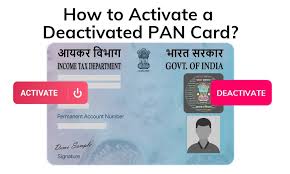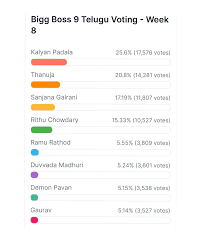Understanding PAN Card Deactivation in India

Introduction
PAN card deactivation has become a significant topic in India, especially with the government’s strict measures against tax evasion and money laundering. The Permanent Account Number (PAN) is essential for financial transactions, and its deactivation can impact individuals and businesses alike. Understanding the reasons for deactivation and the process involved can help taxpayers avoid potential issues.
Reasons for PAN Card Deactivation
1. Failure to link PAN with Aadhaar: One of the primary reasons for PAN deactivation is the non-compliance with the requirement to link PAN to Aadhaar. The deadline set by the government has been extended multiple times, and failure to comply by the final deadline can lead to deactivation.
2. Multiple PAN Registrations: Having more than one PAN card is illegal and can result in the deactivation of one or more cards. It is crucial for individuals to ensure that they hold only one active PAN to avoid complications.
3. Inactive PAN: PANs that have not been used for a long period are at risk of being rendered inactive. The Income Tax Department may take this step if it finds that a PAN is not being used for any taxable transactions.
Consequences of PAN Card Deactivation
Deactivation of a PAN card can lead to various challenges for taxpayers, including:
- Inability to file tax returns: Individuals whose PAN cards are deactivated cannot file their income tax returns, potentially leading to penalties.
- Challenges in financial transactions: A deactivated PAN may hinder financial transactions such as applying for loans, investing, or making large purchases.
- Legal implications: Using a deactivated PAN may raise red flags with the Income Tax Department, resulting in complications or legal issues.
How to Reactivate a Deactivated PAN Card
Reactivating a deactivated PAN card is possible, and the process involves:
- Submit Required Documents: You may need to provide documents like identity proof, address proof, and the deactivation notice.
- File an Application: File an application with the Income Tax Department or visit a local PAN service center.
- Follow up: Keep track of your application status and respond promptly to any inquiries by the department.
Conclusion
In conclusion, understanding the circumstances under which PAN cards can be deactivated and the implications can help taxpayers maintain compliance with Indian tax laws. It is essential for individuals and businesses to be vigilant about the status of their PAN cards to avoid financial hurdles. As India moves towards more stringent tax regulations, staying updated about PAN card requirements is crucial for financial well-being.









